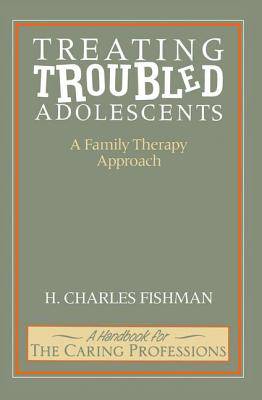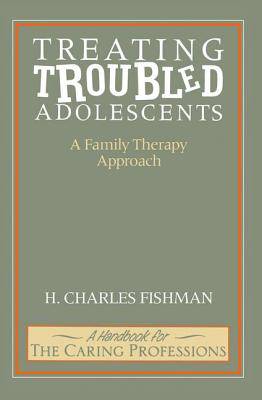
Door een staking bij bpost kan je online bestelling op dit moment iets langer onderweg zijn dan voorzien. Dringend iets nodig? Onze winkels ontvangen jou met open armen!
- Afhalen na 1 uur in een winkel met voorraad
- Gratis thuislevering in België vanaf € 30
- Ruim aanbod met 7 miljoen producten
Door een staking bij bpost kan je online bestelling op dit moment iets langer onderweg zijn dan voorzien. Dringend iets nodig? Onze winkels ontvangen jou met open armen!
- Afhalen na 1 uur in een winkel met voorraad
- Gratis thuislevering in België vanaf € 30
- Ruim aanbod met 7 miljoen producten
Zoeken
€ 64,95
+ 129 punten
Omschrijving
First Published in 2017. In the first half of the century therapy for disturbed adolescents focused on individual dynamics or group treatment, and for the most part, did not take into serious consideration adolescents in relation to their families. Adolescent problems were regarded as due mostly to the internal difficulties inherent to the stage of life, and the family was seen mainly as a backdrop to the vicissitudes of personal development. This book, by one of family therapy's most creative practitioners, changes all that. Exclusively devoted to elaborating a family therapy model of understanding and treating adolescents, it is a major contribution to the field. It also performs the unique and much-needed function of revitalizing the concept of homeostasis, moving it from its status as a general explanation for non-change to that of a useful principle for organizing therapeutic dialogue. With exceptional clarity and sensitivity, Charles Fishman shows where and how homeostasis operates in families and how recognizing and working with each family's homeostatic maintainer" can produce significant change. Any clinician who has been ready to give up in frustration when dealing with the thorny problems of adolescent patients will welcome this thoughtful, practical book.
Specificaties
Betrokkenen
- Auteur(s):
- Uitgeverij:
Inhoud
- Aantal bladzijden:
- 330
- Taal:
- Engels
Eigenschappen
- Productcode (EAN):
- 9781138872011
- Verschijningsdatum:
- 9/06/2015
- Uitvoering:
- Paperback
- Formaat:
- Trade paperback (VS)
- Afmetingen:
- 155 mm x 229 mm
- Gewicht:
- 476 g

Alleen bij Standaard Boekhandel
+ 129 punten op je klantenkaart van Standaard Boekhandel
Beoordelingen
We publiceren alleen reviews die voldoen aan de voorwaarden voor reviews. Bekijk onze voorwaarden voor reviews.











